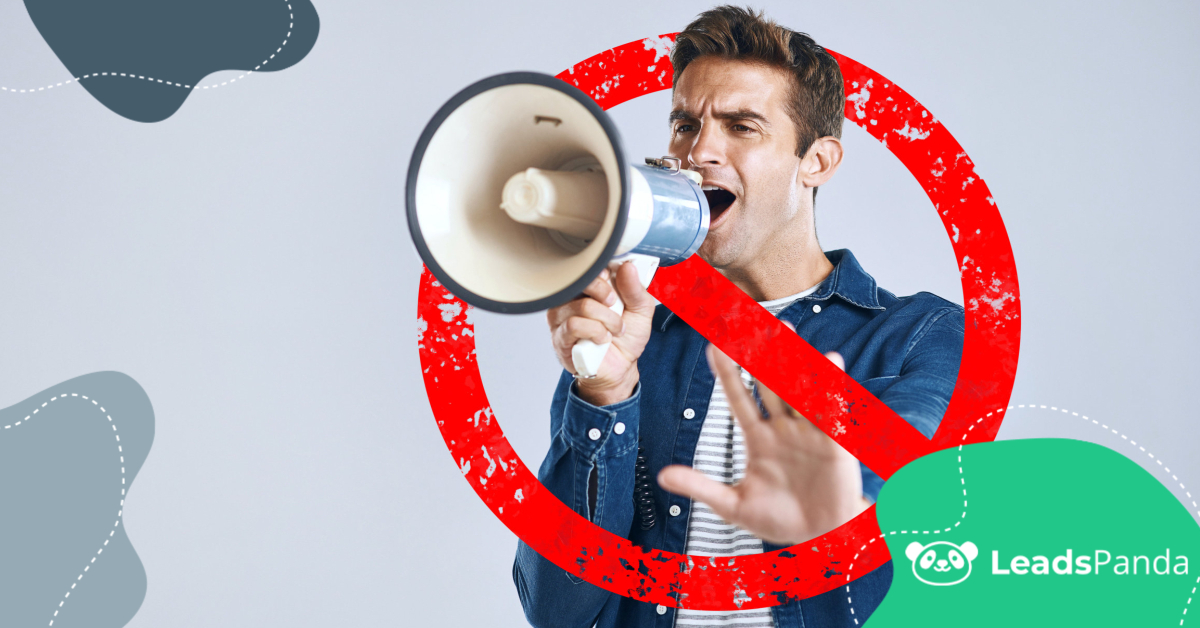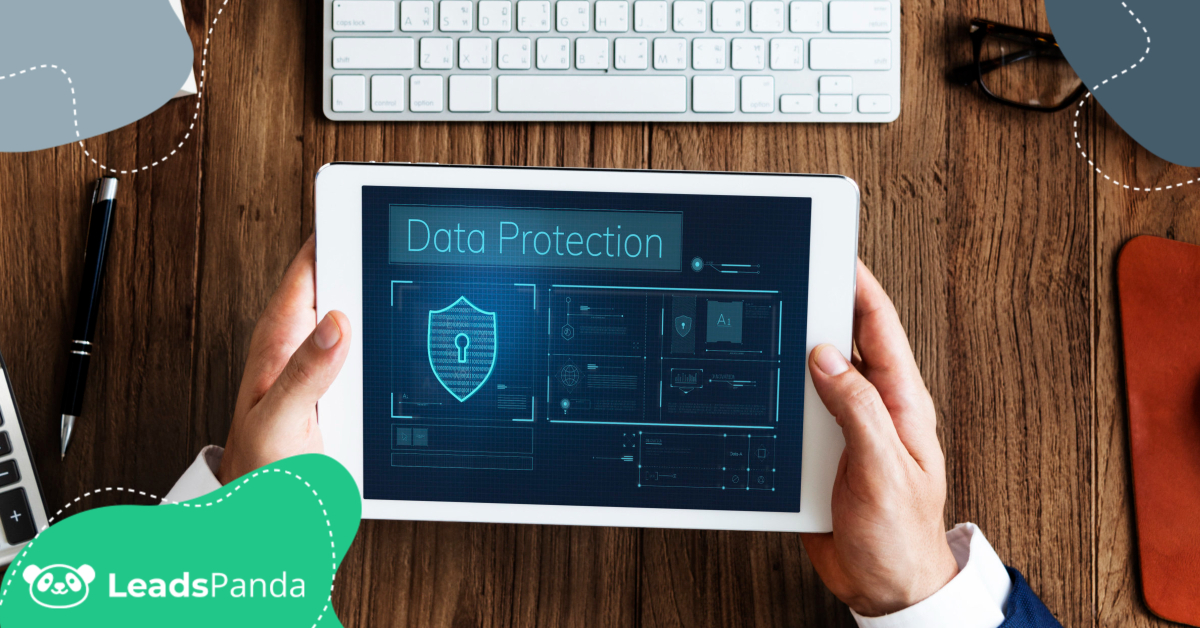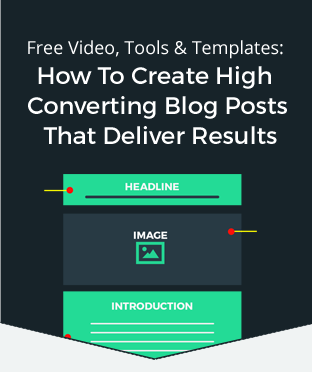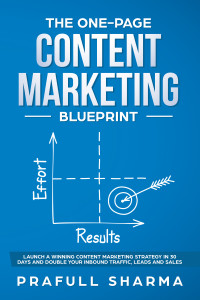How have effective customer sales incentives replaced rebates
Businesses’ sales approaches have always shifted in response to new customer expectations and ongoing industry demands, particularly in terms of customer incentives. For years, sales rebates were an effective strategy for encouraging additional purchases. However, they have become less impactful due to the extended wait before customers can redeem their savings.
As a result, more organizations are focusing on creating more dynamic and immediate sales incentives to offer their customers.
The Limitations of Traditional Rebates
With traditional sales rebates, customers receive a financial incentive after meeting specific purchasing targets or subscribing to certain services. However, the delay associated with these incentives has led to a decline in customer engagement, highlighting the need for best practices in incentive programs.
If there’s a long delay between the purchase and the reward, customers lose interest, reducing the impact of loyalty programs. Outside of having to wait for a rebate, there are also additional administrative burdens that accounting teams must take on when trying to accommodate them.
Sales rebates are more challenging to track, which can result in delays in applying rebate percentages to customer invoices, leading to back-and-forth communication between account teams and increased frustration on both sides.
The Rise of Proactive Sales Incentives
Proactive sales incentives are designed to provide customers with an instant reward for their purchasing efforts. This helps turn a business reward into a genuine sales driver, encouraging more active participation in the customer journey through the customer incentives program.
Building a clear and immediate connection between specific sales actions and the resulting rewards is a much more powerful way to increase transactions. This helps to motivate the right consumer behaviors and gives your sales teams more flexibility when trying to achieve their targets.
Key Characteristics of Modern Sales Incentives
When creating your own sales incentives, certain key principles need to be incorporated to make them successful, including alignment with customer preferences, customer data, and best practices to redeem rewards effectively.
First, your sales teams should have a clear understanding of how the incentives work without confusing specific customer prerequisites and tiered bonus structures. Goals should be attainable for customers while still challenging enough to encourage larger purchases, without being unrealistic.
Most successful incentive programs offer customers an immediate value-added benefit, such as a gift card, that makes larger purchases more worthwhile. It’s essential to keep this in mind as you’re building out a program that makes the most sense for the industry you’re in.
Types of Customer Sales Incentives
Below are some of the common customer sales incentives businesses regularly use:
- Instant Discount Promotions: This is a commonly used strategy where customers receive an immediate cost reduction based on the type of purchase they make, enhancing customer satisfaction. Knowing that they’re receiving a discount on their purchases can help customers feel more at ease with their spending and help to minimize buyer’s remorse.
- Loyalty Programs: These help to create long-term customer relationships. Formats vary, but typically, customers get points for completing sequential purchases or sharing positive experiences with others. Loyalty programs can strengthen recurring revenue and help customers feel more appreciated, thus increasing their lifetime value.
- Personalized Offers: A customer offer that feels personalized to their unique use can be more impactful. For example, by analyzing past purchasing habits and preferences, you can tailor incentives that provide a discount on complementary products or services they’re likely to find useful. If one of your customers starts a checkout but chooses not to complete their transaction, you could send a follow-up email a day later with a small discount offer to encourage them to finalize the order.
- Gamified Experiences: Incorporating game-like elements enhances the purchasing experience and can encourage customers to engage more with the incentives offered. Consider offering a virtual “spin-to-win” wheel for a random discount, using progress bars to show customers how close they are to their next reward, or creating fun challenges where they can earn different badges when completing orders. These smaller games can encourage specific behaviors you want to see while making the entire process feel more like entertainment and less like a simple transaction.
Aligning Incentives with Business Goals
Any incentives you implement should be directly tied to your short and long-term business objectives, as well as tailored to maximize customer satisfaction. While incentives are strategic to increase revenue, if you don’t correctly calculate their ROI, you may be giving more than you get, potentially impacting your bottom line for that particular year.
When setting sales incentive goals, consider the specific objectives you aim to achieve. For example, if your primary goal is to increase the average order value, consider offering a modest discount on purchases exceeding a specific dollar amount to encourage customers to make larger purchases.
For larger goals, loyalty programs are an effective way to create long-term customer engagement. When you design every offer with a specific objective in mind, your incentives for customers stop being an expense and start becoming a direct driver of your company’s success.
Measuring the Impact of Modern Incentives
The only way to know how well your sales incentives are performing is to measure their impact over time.
Track key metrics, such as conversion rates, checkout sequences, and customer retention rates. These indicators can show you how well customers are responding to the offers you’ve created and if there is any room for improvement.
Start Getting More Returns On Your Sales Incentive Programs
While sales rebates can still encourage repeat business, they are being quickly replaced by more proactive and motivating sales incentives. By updating your sales approach and giving customers more reasons to engage with your brand, you’ll be able to increase sales while building a more loyal customer base.
Share This Story
Get the latest growth ideas, strategies, and best practices delivered to your inbox.
Quick read that helps 7000+ subscribers.









